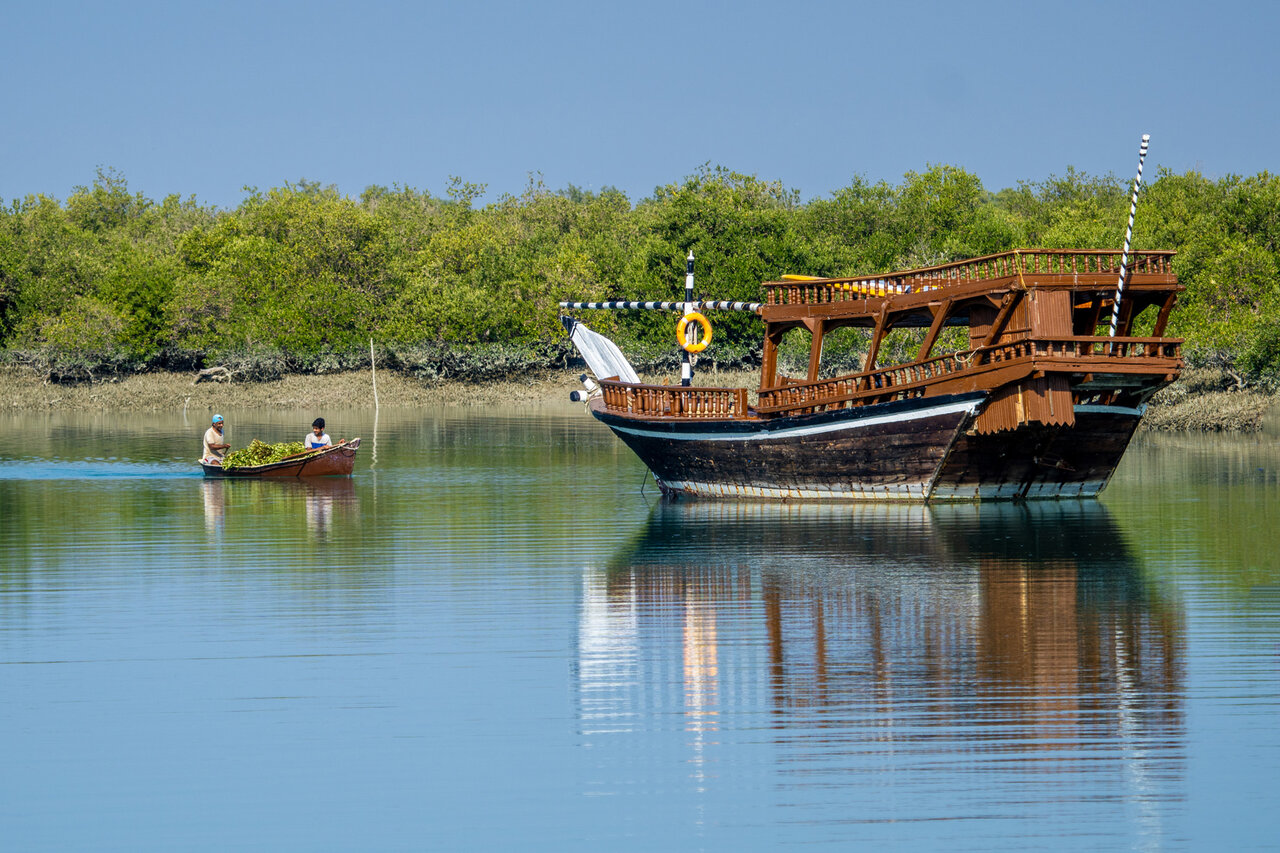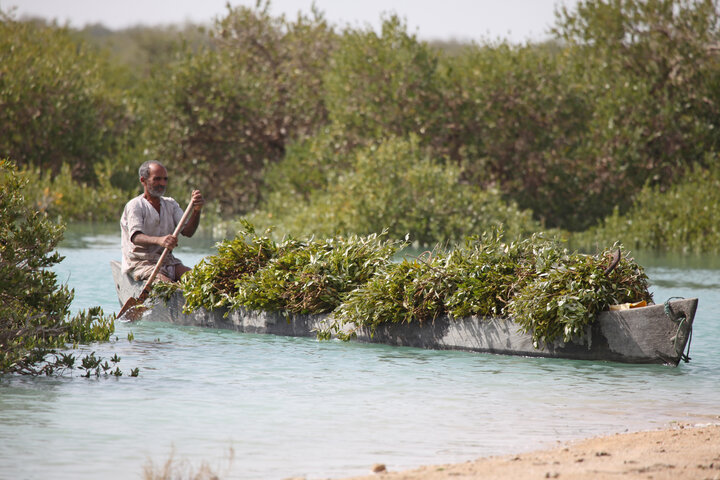Soheili mangrove forest: a harmony of community and conservation

TEHRAN - Nestled along the shores of Qeshm Island in the Persian Gulf, southern Iran, the Soheili mangrove forest stands as a testament to nature’s resilience and human dedication.
This UNESCO-designated biosphere reserve has become more than just an ecological treasure—it represents a harmonious partnership between the environment and the people of Soheili village. Through innovative conservation efforts and sustainable tourism practices, the community has transformed their mangrove forest into a living example of environmental stewardship.
The villagers’ commitment shines through their unique initiatives: nurturing mangrove seedlings in their homes, constructing observation towers for birdwatching, and preserving the ancient Hori boats of their ancestors. These efforts demonstrate how traditional knowledge and modern conservation can work together to protect fragile ecosystems while creating meaningful experiences for visitors.

A living mangrove ecosystem
The Hara forests of Qeshm Island form one of Iran’s most vital marine ecosystems, with the Soheili Mangrove Forest serving as its beating heart. These tangled root systems create a sanctuary for flamingos, herons, and kingfishers that dart between the branches, while beneath the water’s surface, fish and crustaceans find shelter in the protective maze. The forest’s serene waterways have become a destination for researchers and nature enthusiasts alike, drawn to its tranquil beauty and remarkable biodiversity.
Yet this natural wonder faces growing threats. Rising sea levels and increasing salinity test the mangroves’ endurance, while plastic waste carried by ocean currents mars their pristine condition. The community remembers when overharvesting nearly devastated these forests, and this memory fuels their determination to protect what remains.
A Community's green thumb
In Soheili, conservation begins at home—literally. Villagers have developed an ingenious method for restoring their mangrove forests. They carefully collect propagules, the peculiar pencil-shaped seeds of the mangrove, and nurture them in buckets of seawater within their homes. For four months, these future trees grow under watchful eyes until strong enough to face the challenges of the tidal flats.

When the seedlings reach sufficient strength, the community gathers to plant them on a muddy forest floor that floods with each high tide. This hands-on approach has yielded remarkable results, with thousands of new mangroves taking root in recent years. More than just planting trees, the program has planted something equally valuable in the community: a shared sense of responsibility for their environment that crosses generations.
A delight to visit
Rising above the green canopy, a wooden observation tower offers visitors a breathtaking perspective of the mangrove forest.
This carefully constructed platform serves multiple purposes—it welcomes birdwatchers to observe the greater flamingos and ospreys that frequent the area, provides researchers with valuable monitoring opportunities, and generates income to support further conservation work.

The tower has become more than a viewpoint; it’s a bridge between the community and visitors. Local guides share their knowledge of the ecosystem, pointing out migratory patterns and explaining the delicate balance of life in the mangroves. Through these interactions, tourists gain deeper appreciation for the forest’s importance, while villagers take pride in their role as protectors of this natural heritage.
Sailing through history
The village’s traditional Hori boats represent more than transportation—they carry the cultural memory of Soheili’s people. These traditional wooden vessels, crafted without nails using techniques passed down through generations, once formed the backbone of local fishing and trade. Today, they serve as floating ambassadors for the village’s maritime heritage.
Twice yearly, the quiet waterways come alive with the excitement of Hori boat races. Villagers demonstrate their skill in navigating the narrow mangrove channels, their laughter and shouts echoing across the water.
AM
Leave a Comment